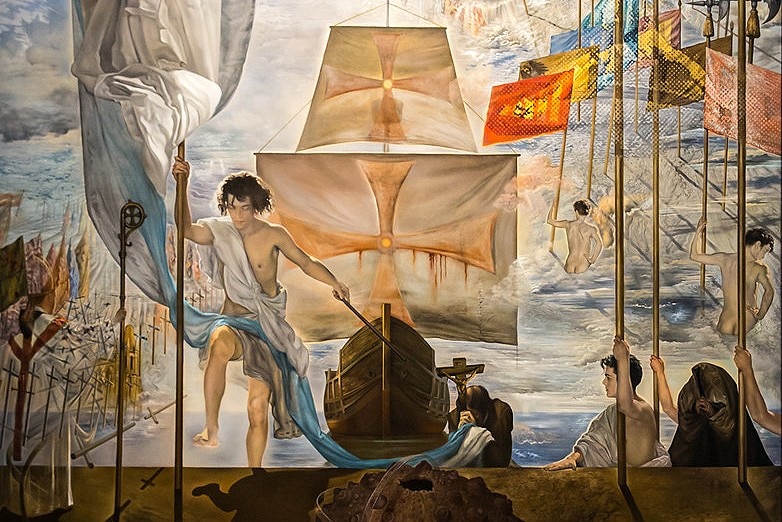“At a very early age I began sailing the sea and have continued until now. This profession creates a curiosity about the secrets of the world. […] During this time I have studies all kinds of texts: cosmography, histories, chronicles, philosophy, and other disciplines. Through these writings, the hand of Our Lord opened my mind to the possibility of sailing to the Indies and gave me the will to attempt the voyage. […] Who could doubt that this flash of understanding was the work of the Holy Spirit, as well as my own?”
Christopher Columbus
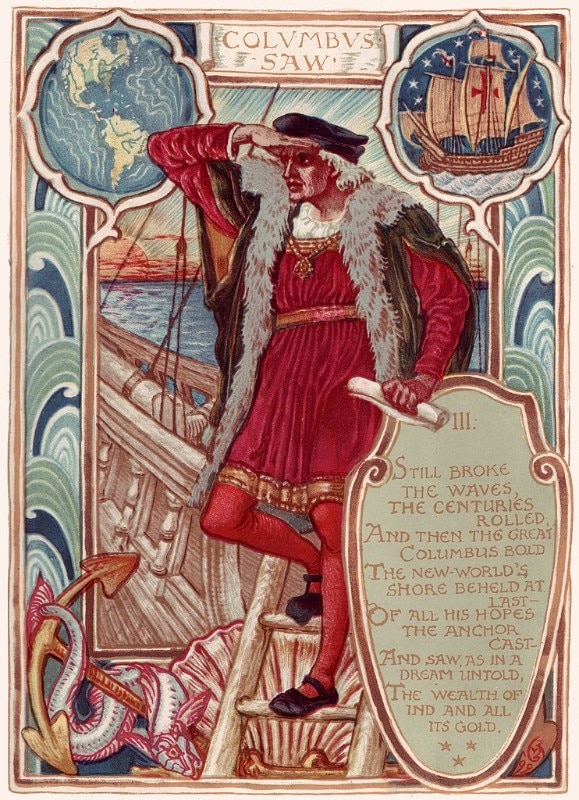
On 12 October, the United States of America celebrate Columbus Day. On this day, people celebrate the landing of the famous Genoese navigator, Christopher Columbus, in the New World.
In 1519, Sebastiano del Piombo portrayed Columbus. The artist followed an official painting scheme, characterised by a background without perspective, a half-length portrait and an inscription at the top identifying the man as “the Ligurian Colombo, the first to enter by ship into the world of the Antipodes”. The date of the painting is put right at the end of the gold-coloured inscription, that somehow “crowns” the man. His face is marked with tiredness. He’s wearing a dark coat and his hairstyle is typical of the bourgeoisie of the time – shorter in the front and longer in the back. Only his eyes betray some emotion. The Venetian artist tells only a part of the story, the rest is left to the man and his fame.
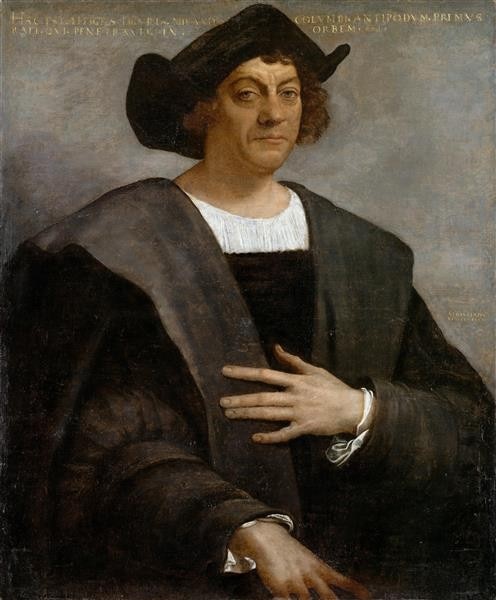
In Salvador Dalí’s interpretation, Columbus is a promoter of christianity, almost a saint, a symbol of peace. In the Spanish artist’s painter, Columbus is on a rambling mission of evangelisation, and the religious orders have an unbridled thirst for power and greed.
The painting unfolds vertically, starting from the first step that Columbus, depicted almost as the son of God, sets on land after his long trip. The taut sails, still puffed up by the wind, proudly show the embroidered crosses. Crosses, crosses, and on their sides, more crosses. The surrealist work carries a thousand meanings - the crucifixion of Christ and the thieves, death, resurrection, evangelisation, the inherent desperation.
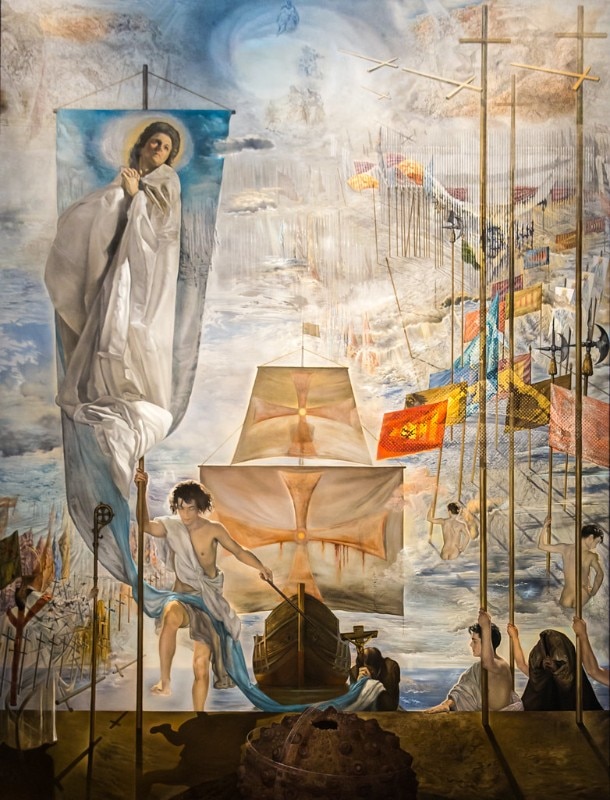
On the left there is a mystical banner. The face on it looks painted, but slowly, as Columbus makes his way, the religious figure itself seems to take shape, appearing in its mystical and otherworldly three-dimensionality. Just below there is a vincastro, a bishop’s crozier. On the right, some naked men are walk in restless waters. They seem to be unaware of what is happening around them, and they keep on carrying the crosses. Perhaps this is a criticism on the part of Dalí, or a suggestion in which he condenses part of the story.
Columbus did not understand, he did not know. He was a clueless navigator who dreamt of the new world.
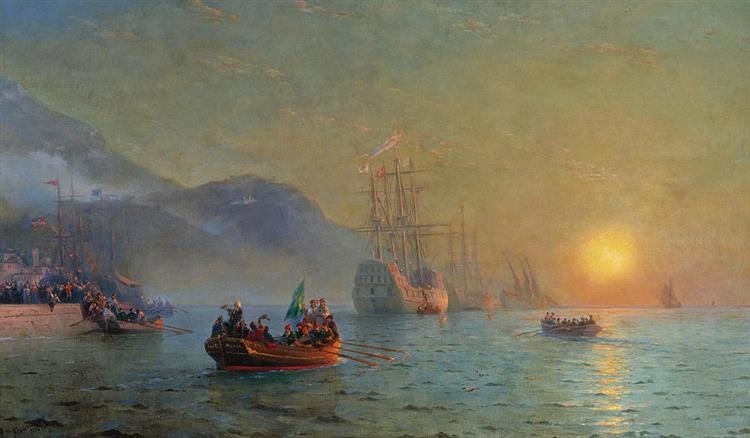
“Oh, you may be perfectly sure that if Columbus was happy, it was not after he had discovered America, but when he was discovering it! You may be quite sure that he reached the culminating point of his happiness three days before he saw the New World with his actual eves, when his mutinous sailors wanted to tack about, and return to Europe! What did the New World matter after all? Columbus had hardly seen it when he died, and in reality he was entirely ignorant of what he had discovered. The important thing is life – life and nothing else! What is any ‘discovery’ whatever compared with the incessant, eternal discovery of life?”
Fedor Dostoevsky


